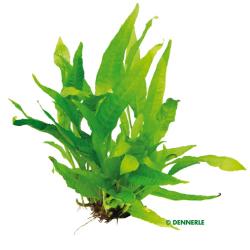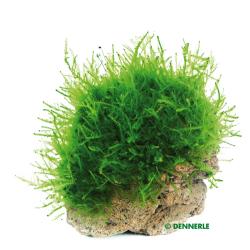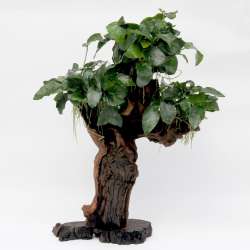Mittel

Vallisneria australis ‘Gigantea’
 Lighting
Lighting
 Color
Color
 Position
Position
 18 - 28 °C
Temperature
18 - 28 °C
Temperature
 CO2
CO2
 200 cm
Growth
200 cm
Growth
Family:
Hydrocharitaceae
Species:
Vallisneria
Type:
The giant Vallisneria is a highly variable aquatic plant that is native to Australia. Its long, narrow leaves can reach gigantic proportions under good conditions - up to 3 m in length is not uncommon. Giant Vallisneria is very popular for use in discus aquaria and aquaria for East African cichlids from the Lake Malawi and Lake Tanganyika. These fish need harder water, which can be a problem for a lot of plants. Vallisneria australis ‘Gigantea’ actually prefers it.












